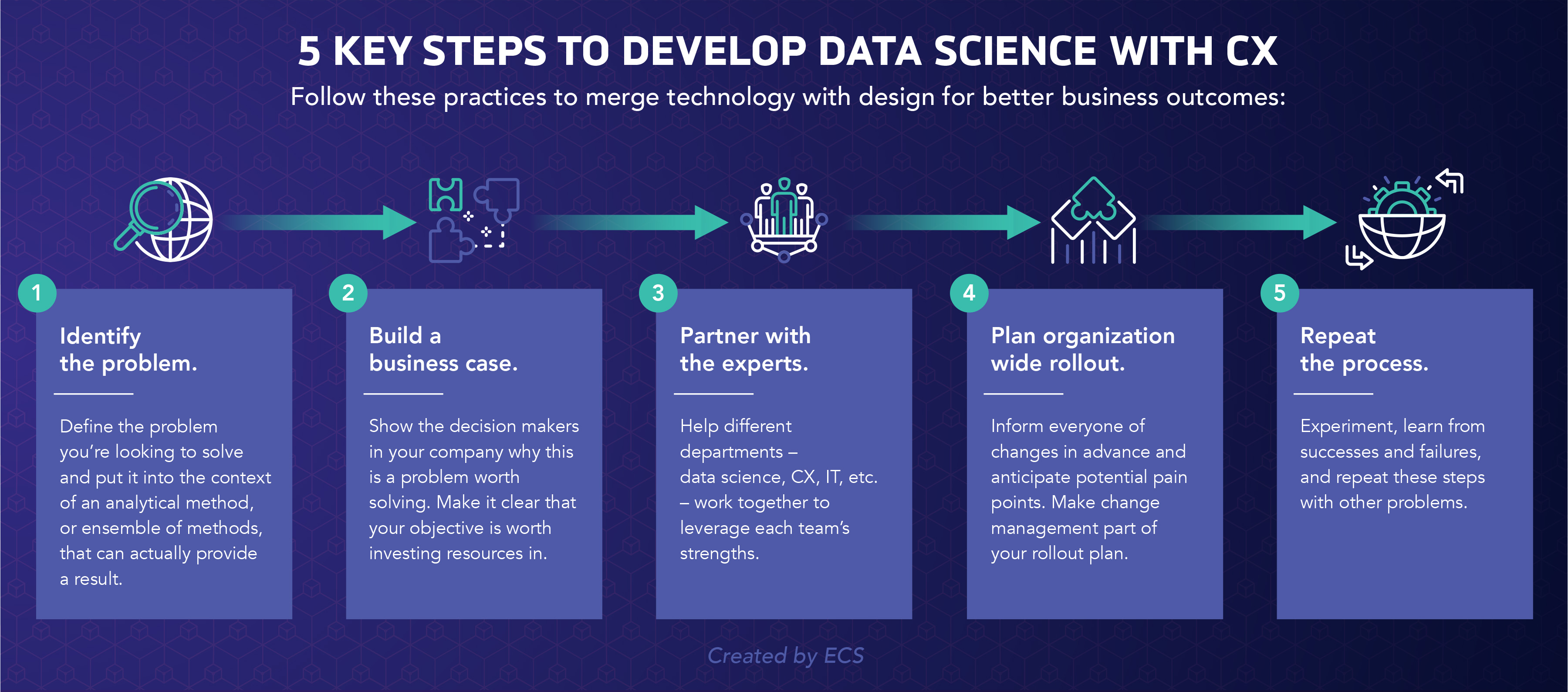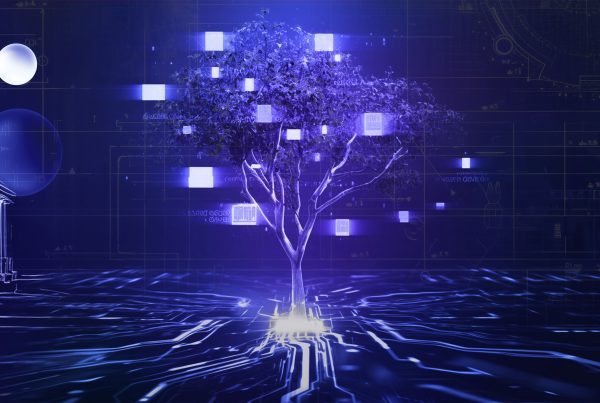This article originally appeared in Forbes Online.
At first glance, data science and customer experience (CX) don’t have much in common.
Data scientists like me are typical left-brained thinkers: detail-oriented, logical and quantitative. We want to study, process and analyze data to extract insights from it. Customer experience experts, on the other hand, gravitate toward a more intuitive and creative right-brained style. They strive to understand personas, identify patterns and use design-led thinking to improve the overall customer journey.
The truth is, data science and CX share common goals, but they can’t be effective unless they work together. The Venn diagram formed by the intersection of data, analytics and CX gives organizations the tools they need to drive clear business decisions, achieve outcomes and operate more efficiently.
I call this process “data welding,” or applying smart design-led thinking to data sets at industrial scale, in order to answer important questions in more accurate, timely and repeatable ways, such as:
- What does this data tell us? What does it mean in practical terms?
- What predictive, descriptive or prescriptive insights can we draw from the data?
- How can we make the customer experience data-driven and tied to reality?
- How can we weld data, insights and processes to create a finished product that is accurate, timely and repeatable?
What Data Science and CX Teams Can Learn From Each Other
Data scientists and CX leaders have divergent but complementary talents. Data scientists are able to organize and synthesize complex information to draw conclusions that are valuable for an organization’s strategy. Yet while they are high on IQ, data scientists are not always so adept with EQ. In contrast, to be successful, CX professionals must design with empathy, developing a deep understanding of their customers and business processes through journey mapping. But they lack the highly technical skills data scientists possess.
Each group relies on the other to fill in their knowledge and skill gaps. Independently, they are just isolated pieces of the puzzle; but combined, they form a complete picture.
Customer Experience Is More Than Just Consumers
Customer experience (CX) is a top priority for organizations right now. The global customer experience management market is predicted to increase from $5 billion in 2016 to over $13 billion by 2021, according to findings in a Research and Markets report. Analysis published by Gartner described CX as “the new marketing battlefront.” More than two-thirds of the marketers surveyed said their companies compete mostly on the basis of CX, and 81% said in two years they expected to be competing mainly or entirely on the basis of CX.
But I think CX goes beyond just the marketing battlefront. It’s the new company battlefront. CX doesn’t only apply to the consumers buying a company’s products. It includes employees and processes that are crucial to business outcomes. If the customer experience management market is expected to grow to $13 billion in two years, just imagine what that figure could be if it incorporated customers, employees and processes.

The Five Steps in Action
I put these steps into practice a few years ago with a client, a large global agricultural company. The company’s leaders thought they had identified a problem worth solving, but we ran into a roadblock with their IT department. IT wasn’t willing to give us access to their data, but we eventually got them to relent and develop a ‘sidecar,’ a small data set that we could experiment with in the cloud.
With just that sidecar, our team augmented their dataset with external data and sophisticated methods to develop an analytic that revealed that the company had a $750 million missed opportunity on the table. The analytic became even more meaningful when we met with the subject matter experts across the company. We asked questions, learned how they worked and built an understanding of their processes.
For example, we wanted to talk to the employees in accounts payable who weren’t as tech-savvy to grasp what tools they would adopt and what would make their jobs easier – instead of being a drag for them to use.
It was important to us to design a solution with empathy, envisioning how it would impact the end users. By putting heart into our analytics and how an end-user would interact with information, we helped the company take advantage of a huge financial opportunity. That original sidecar has grown to become nearly the entire IT infrastructure that drives their business.
Data science and customer experience have distinct methodologies, but they don’t have to be competing forces. When we merge their strengths, we can achieve more.






